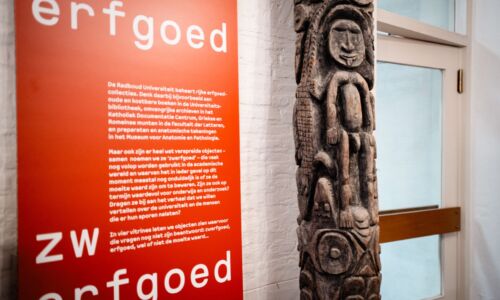Flying Lizards
-
 Reuben Malekar. Photo: Dick van Aalst
Reuben Malekar. Photo: Dick van Aalst
It has been nearly five years since I last visited the Agumbe Rainforest Research Station. It was the summer of 2017 when I bid farewell to my time rescuing and taking care of wild animals in my own city for a journey down southern parts of India to lend my hand in some amazing work.
The research station located in the middle of a rainforest of the Western Ghats mountain range was then accommodated by a variety of researchers from all corners of the world. Some chasing little birds, others leopards or king cobras and two of them, flying lizards.
The Draco, as they call it, is a little lizard with the ability to fly from one tree to another in pursuit of their soulmates. The first of the researchers, Pranav, had flown in from the United States to study the flying skills of these magnificent animals. The second, Steve, had come from the other side of the world, Australia, to help the latter with his field adventures.
I was 19 and experiencing the ultimate dream of working with wildlife professionals and sophisticated apparats ranging from GoPros to DSLRs. I doubt I have seen such a fleet of the state-of-the-art equipment to study the behavior of an individual species since.
I got tasked to assist Priyanka, a researcher from Delhi, to collect observational data on the mating behavior of a ground-nesting bird called the yellow-wattled lapwing, named after the yellow mark on its face. And when the sun came down, I used to grab a GPS, a flashlight and some motion-sensing cameras to set them up deeper in the forest to track the movements of our neighbors, including Baghira, a black panther; Mojo, a heavy tusker; and deer, one of which barked like a dog and the other whose feet-stamping echoed for miles.
But once in a while, I got the privilege of assisting Pranav and catching some flying lizards. I remember climbing ladders in the middle of the night, when the lizards were fast asleep with their bodies flat on the tree bark as if someone had punched them into it, to catch and mark them. Along with ladders and markers, Pranav had turned the areca nut plantation into a total research arena tagging 923 tall trees.
I vividly remember the silence of the forest and all the work I did there. And just the other day, I received a message from Pranav. All the memories came back like a storm. Since my time there, his work has been published and after a look at the graphs and calculations, I feel like we were indeed working on something amazing.
But more than that, in the midst of the forest, we had formed a little family. It was never about the results but about having fun. It was humans being humans, supporting each other with just about everything. Though, I must say, I am proud that all the fun has ended up with my name in the Nature Portfolio.
To learn more about flying lizards, read Pranav’s field notes, which include great pictures taken during the project. Furthermore, Pranav Khandelwal recently spoke to BNR Nieuwsradio about his work. Tune in to learn more about the flying lizards!
Read Reuben Malekar's blogs here



Chandrakant Khandelwal wrote on 15 februari 2022 at 13:09
Needs total devotion,commitment ,hard work and sleepless nights.
This amazing research/work is a result of that.